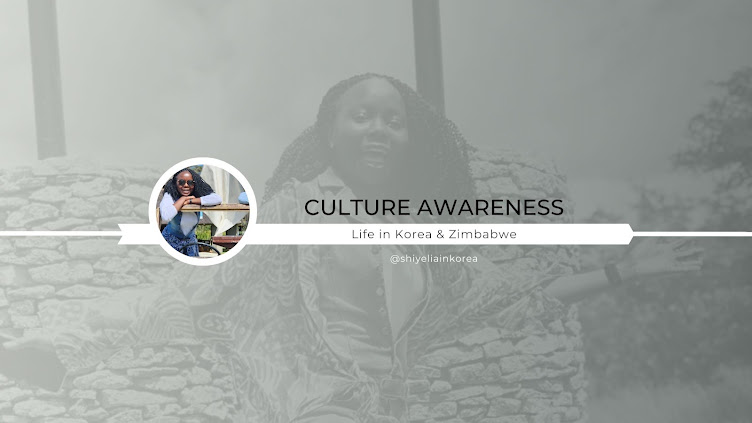An electronic dictionary or smart phone dictionary apps were very handy for understanding Korean language. Most students who were on good scholarships could afford them. I remember very well that I couldn't afford such smart devices. At the same time, I didn't want to buy a 'buttons phone' or kambudzi in Shona because it only limited me to text messages and calls. Though some of those phones had dictionary apps, but the absence of color pictures was something else.
 |
| Buying a phone in South Korea |
My scholarship was partial, but it was good because the dormitory (including breakfast, diner) and tuition were fully covered! The downside was my stipend. It was just little but better than nothing. I was receiving 150,000 won (~$125). I was living on a very tight budget, and I kept pondering on how to buy a phone. In South Korea that time, smart phones were rolling in and most people were transitioning to smart phones. With that tight budget of mine, I also decided to buy a smart phone. THIS WAS A VERY WRONG MOVE.
 |
| The 2011 smartphone |
One month down the line, 94,000 won was deducted from (bank account) my little allowance of 150,000 won. I STARTED REGRETTING the whole idea of buying a smart phone. I went off the budget and sacrificed my lunch money for some time. I kept complaining whenever I discuss about contract phones with my friends. Most students were also going through similar contract bill dilemma, but most of them could afford. I then decided to switch off data and the next two months the bill came around 70,000 won and 45,000 won. I did the Maths again and realized the data wasn't fixed at all. I was paying more than the stipulated 34,000 won monthly installment.
I didn't want to live in regret, worse I couldn't make international calls on that bill. I sent a message to my Korean Buddy, asking her to help me cancel the contract because I couldn't afford the phone anymore. I think that was after only 3-months of using the phone. The Salesman understood my problem, and he said I had to pay off the phone bill in installments of 16,000 won to the agreed 24 months. They cut off the data and the cellphone number. That day I returned to the dormitory with a sim less phone. Luckily, I used the phone over WIFI as dictionary and Facebooking.
On several occasions I tried to look for a prepaid sim card but couldn't get one. A few months later I then registered my smart phone with the same service provider for prepaid phones. If you want to know more of this story please watch this video: full video here
Ten years later, I haven't bought any contract phone. I don't want any regrets! Korean internet is fast but very expensive to use on contract phones. I resolved to prepaid phones which require a monthly top up of 10,000 won. The good thing is there are many WIFI hotspots in Korea so YAY to free WIFI.
 |
| Ten years later, with my prepaid Samsung phone. |
Thank you for reading my story, please feel free to leave some comment! Bye.





